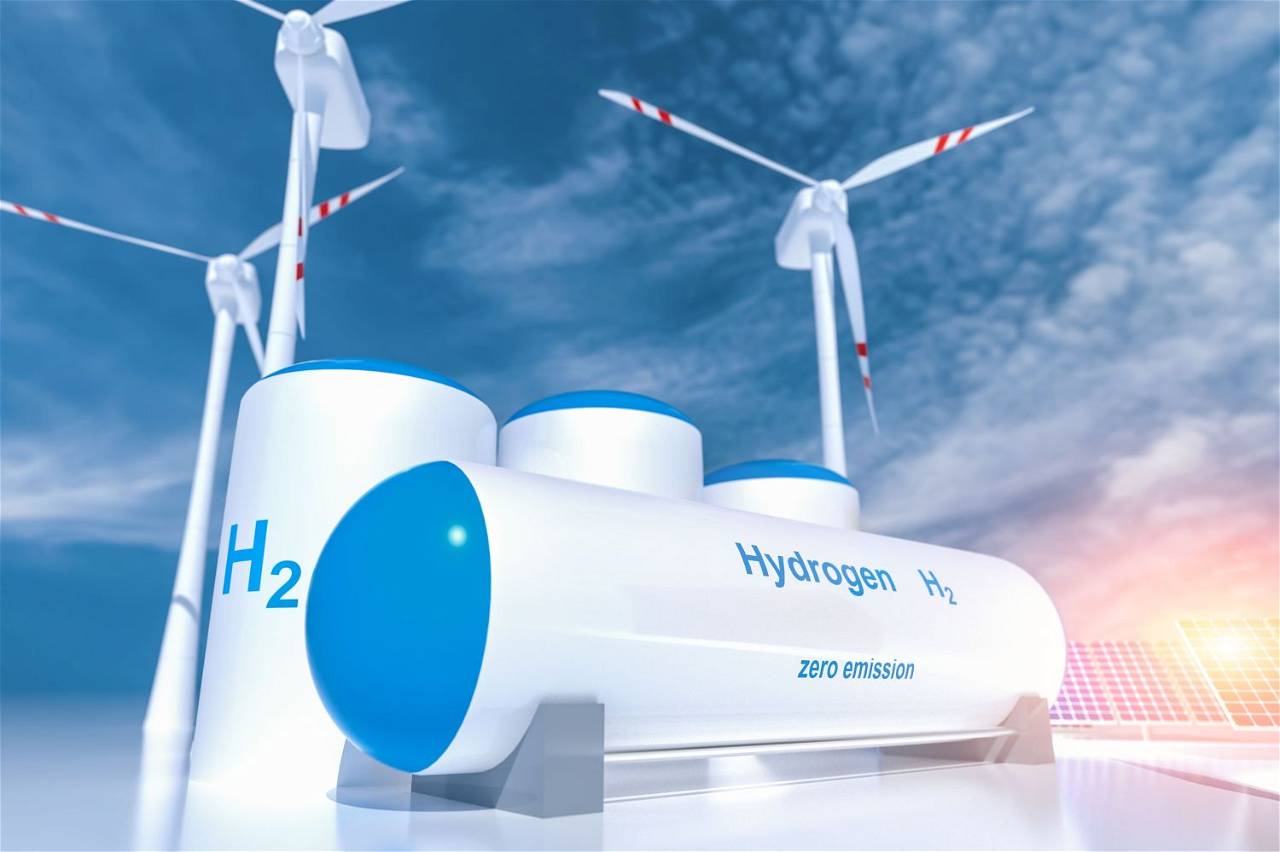
A team of researchers at the RIKEN Center for Sustainable Resource Science (CSRS) in Japan led by Ryuhei Nakamura discovered a new sustainable and practical method for producing hydrogen from water. Unlike current methods, the new method does not necessitate the use of rare metals that are either expensive or scarce. Instead, cobalt and manganese, two relatively common metals, can now be used to produce hydrogen for fuel cells and agricultural fertilizers. The findings were published in Nature Catalysis.
Unlike traditional fossil fuels, which emit carbon dioxide when burned, hydrogen is a clean fuel that emits only water as a by-product. The energy grid can be made clean, renewable, and sustainable if hydrogen can be extracted from water using renewable electricity.
Furthermore, hydrogen is a key component in the production of ammonia, which is used in almost all synthetic fertilizers. However, instead of extracting hydrogen from water in a clean manner, ammonia plants currently rely on fossil fuels to produce the hydrogen they require.
So, why do we continue to rely on fossil fuels? One reason is that the process of extracting hydrogen, known as electrolysis, is costly and not yet sustainable.
"This is primarily due to a scarcity of good catalysts," Nakamura explains. "The catalyst must be very active in addition to being able to withstand the harsh acidic environment." If this is not done, the amount of electricity required for the reaction to produce a given amount of hydrogen skyrockets, and so does the cost."
The most active catalysts for water electrolysis are currently rare metals such as platinum and iridium, which creates a quandary because they are expensive and classified as "endangered species" among metals.
Switching the entire planet to hydrogen fuel right now would require approximately 800 years of iridium production, an amount that may or may not exist. Conversely, abundant metals such as iron and nickel are insufficiently active and tend to dissolve immediately in the harsh acidic electrolysis environment.
The researchers investigated mixed cobalt and manganese oxides in their search for a better catalyst. Cobalt oxides can be active in the required reaction, but they corrode quickly in an acidic environment. Manganese oxides are more stable, but not nearly as active.
The researchers hoped that by combining them, they would be able to take advantage of their complementary properties. They also had to take into account the high current density required for practical application outside of the laboratory.
"We needed to set our study's target current density to about 10 to 100 times higher than what had been used in previous experiments for industrial-scale hydrogen production," says co-first author Shuang Kong. "The high currents caused a number of issues, including physical decomposition of the catalyst."
Eventually, through trial and error, the team discovered an active and stable catalyst by inserting manganese into the spinel lattice of Co3O4, resulting in the mixed cobalt manganese oxide Co2MnO4. Co2MnO4 performed admirably in testing.
The activation levels were comparable to those of cutting-edge iridium oxides. Furthermore, the new catalyst lasted more than two months at a current density of 200 milliamperes per square centimetre, indicating that it could be useful in practice. In comparison to other non-rare metal catalysts, which typically only last days or weeks at much lower current densities, the new electrocatalyst could be a game-changer.
"We have accomplished what scientists have sought for decades," says co-first author Ailong Li. "Production of hydrogen using a highly active and stable catalyst made of abundant metals." In the long run, we believe this is a significant step toward establishing a sustainable hydrogen economy. We anticipate that, like other renewable technologies such as solar cells and wind power, the cost of green hydrogen technology will fall in the near future as more advances are made.
The next step in the lab will be to find ways to extend the new catalyst's lifetime and increase its activity levels even further. "There is always room for improvement," Nakamura says, "and we will continue to strive for a non-rare metal catalyst that matches the performance of current iridium and platinum catalysts."
















